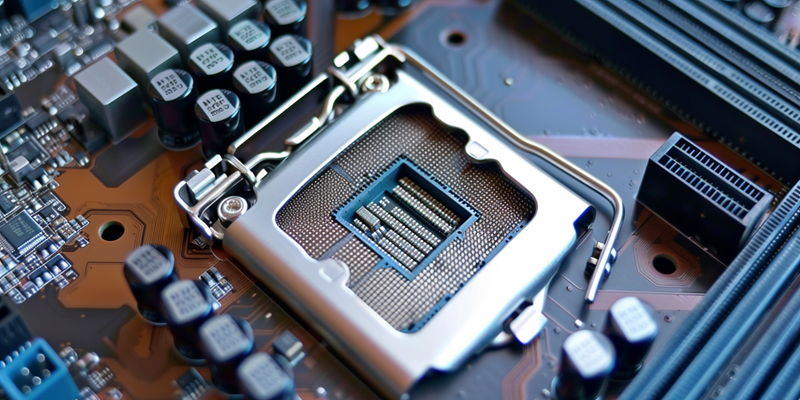Intel is poised to transform the desktop CPU market with its upcoming Arrow Lake series, building on the success of its Raptor Lake processors. Arrow Lake introduces significant advancements, including a new LGA 1851 socket specifically developed for its elevated capabilities. This shift ushers in a next-generation platform expected to serve future computing demands.
Buzz is growing over Arrow Lake due to its speculated use of revolutionary 3nm technology for its upper-tier models, which could significantly enhance both efficiency and computational strength. Anticipated to come in two primary versions, Arrow Lake will present a powerhouse configuration with an 8 Performance-core and 16 Efficient-core setup, alongside a Core Ultra 5 variant that features 6 Performance-cores and 8 Efficient-cores.
Intel’s move with Arrow Lake represents a pivotal moment in desktop CPU innovation, with the tech giant setting the stage for a new era in performance computing.
Intel’s Tile-based CPU Architecture
With Arrow Lake, Intel is set to introduce its first tile-based desktop CPU architecture, representing a significant departure from traditional hyper-threading models. The 8P+16E flagship processors are rumored to be leveraging the 3nm manufacturing process from semiconductor giant TSMC, which should allow these chips to host a total of 24 cores. This move indicates a dramatic shift in Intel’s own production methodology and suggests that they are opening up to a hybrid strategy involving both in-house and outsourced manufacturing processes.
The implications of tile-based design are vast, offering a more modular approach to CPU construction and potentially greater scalability. Such a design philosophy allows for the integration of different types of cores and new features without a complete overhaul of the entire chip design, paving the way for more tailored and efficient processing solutions.
Setting New Benchmarks
These processors are expected to not only up the ante in terms of core count and efficiency, but also to introduce innovative features like backside power delivery and gate-all-around (GAA) RibbonFET transistors. These advancements are part of Intel’s strategy to reclaim its position at the pinnacle of chip performance. The industry eagerly awaits further details, which are likely to be unveiled at the upcoming Computex trade show in Taipei.
The introduction of the Arrow Lake series highlights Intel’s commitment to innovation and a competitive edge in the fiercely contested CPU market. By balancing the use of its own 20A process for its midrange lineup against TSMC’s 3nm process for the high-end chips, Intel is not only setting new performance benchmarks, but also inciting an internal competition between manufacturing processes. This strategic move may well redefine Intel’s trajectory in the semiconductor industry and set new standards in desktop computing.

